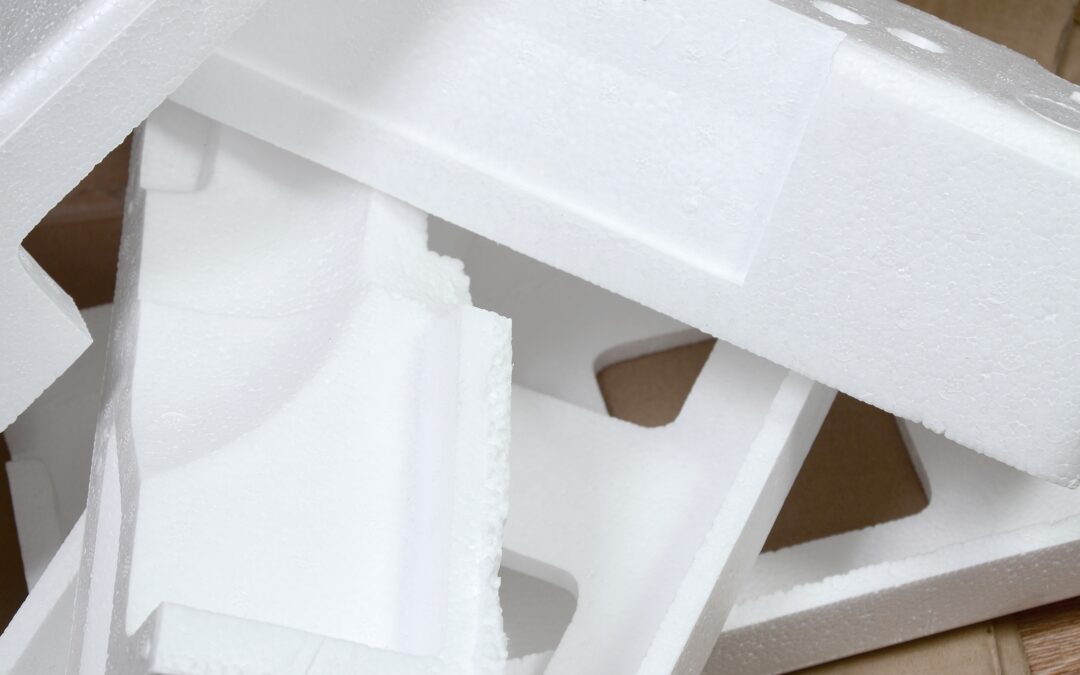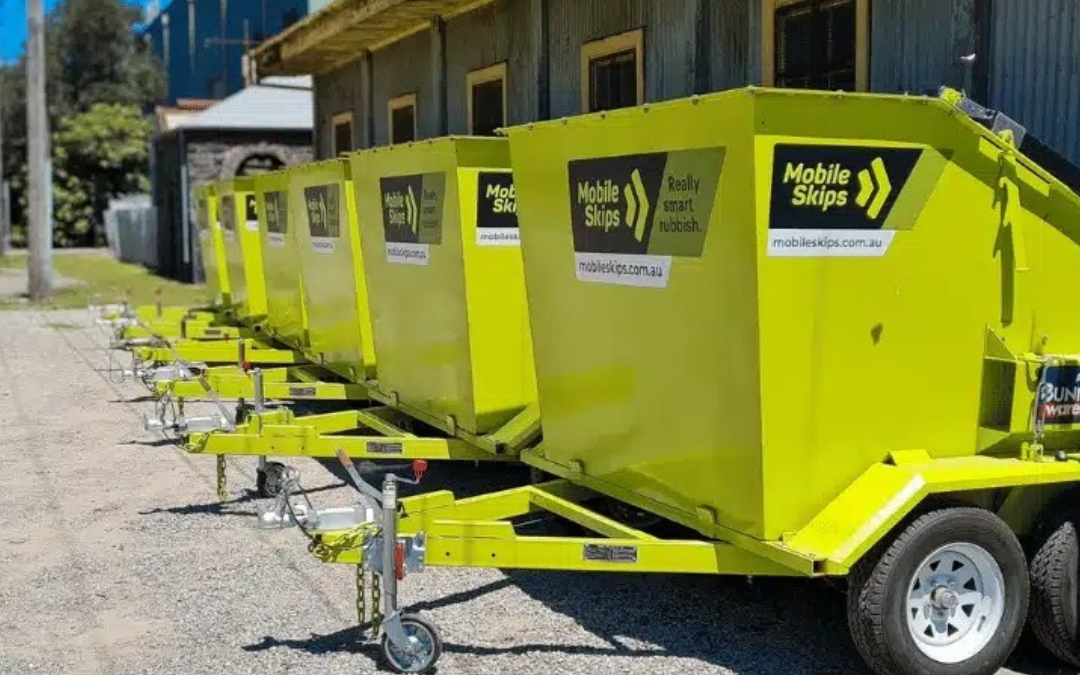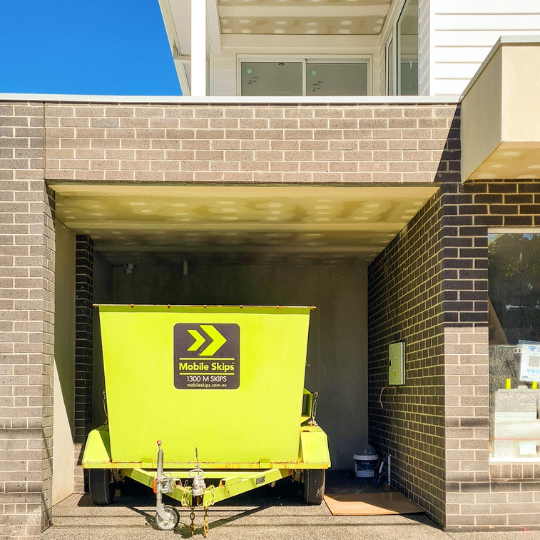DIY Renovation Tips
Eco-Friendly Waste Removal
Jumping into easy DIY home renovations? Managing waste is a big deal. Eco-friendly waste removal keeps your place clean and helps the planet. Here are some down-to-earth tips for handling waste without trashing the Earth:
- Sort and Recycle: Break down your waste into piles like wood, metal, and plastic. Recycling cuts down on landfill junk. Need more on sorting? Check out Mobile Skips.
- Hire a Skip Bin: Got a big project? Skip bins are your friend. Companies like Mobile Skips have sizes for all needs.
- Donate Usable Items: Before you chuck that old couch or light fixture, think donation. Many charities love gently used stuff.
- Composting: Turn organic waste like wood chips and plant scraps into garden gold. Composting is a win-win.
| Waste Type | Disposal Method |
|---|---|
| Wood | Recycle or compost |
| Metal | Recycle |
| Plastic | Recycle |
| Organic Waste | Compost |
For more on decluttering and waste management, check out our articles on diy decluttering tips and diy decluttering checklist.
Repurposing Materials
Repurposing materials during your renovation can save cash and help the environment. Here are some cool ways to give old stuff a new life:
- Old Doors and Windows: Turn old doors into tables or headboards. Windows can become picture frames or greenhouse walls.
- Wooden Pallets: Pallets can morph into furniture like coffee tables, shelves, or garden planters.
- Leftover Tiles: Use leftover tiles for unique backsplashes or mosaic art.
- Masonry Materials: Bricks and stones can be reused for landscaping or garden edging.
Repurposing cuts down on buying new stuff and adds a unique touch to your home. For more ideas, peek at our diy home renovation ideas.
| Material | Repurposing Ideas |
|---|---|
| Old Doors | Tables, Headboards |
| Wooden Pallets | Furniture, Planters |
| Leftover Tiles | Backsplashes, Mosaic Art |
| Bricks and Stones | Landscaping, Garden Edging |
Using these tips in your renovation project makes a big difference. You’ll create a beautiful home and help the environment. For more budget-friendly renovation ideas, explore our articles on diy home renovation on a budget and budget-friendly home renovations.
Cost-Saving Renovation Ideas
Renovating your home can be a blast, especially when you can save some cash along the way. Here are some smart renovation ideas to help you get amazing results without emptying your wallet.
Upcycling Techniques
Upcycling is a great way to breathe new life into old stuff and save money. Small tweaks like changing hardware, painting furniture, or swapping out cabinet doors and handles can make a big difference. Repurposing materials during a renovation can cut down on the need to buy new items, which is good for your wallet and the planet.
Examples of Upcycling Projects:
- Cabinet Hardware Updates: Swap out the handles and knobs on your kitchen or bathroom cabinets for a fresh look.
- Furniture Painting: Give old wooden furniture a new coat of paint to match your updated decor.
- Repurposing Doors: Turn old doors into tables, shelves, or headboards.
For more upcycling ideas, check out our DIY organization ideas.
Energy-Efficient Upgrades
Investing in energy-efficient upgrades can save you money on energy bills and might even get you some tax breaks. Think about upgrading your appliances, lighting fixtures, or even adding solar panels.
| Upgrade Type | Potential Savings |
|---|---|
| Energy-Efficient Appliances | Up to 30% on energy bills |
| LED Lighting Fixtures | Up to 75% less energy consumption |
| Solar Panels | Big cuts in electricity bills |
For more on energy-efficient improvements, visit our DIY home renovation ideas.
Budget-Friendly Material Choices
Picking cost-effective materials can save you a lot without sacrificing style or quality. For example, go for laminate flooring instead of hardwood or choose quartz countertops over marble to stay within budget.
| Material Type | Budget-Friendly Option | Cost Savings |
|---|---|---|
| Flooring | Laminate | 50-70% cheaper than hardwood |
| Countertops | Quartz | 20-50% cheaper than marble |
| Paint | Standard Paint | 30-60% cheaper than designer brands |
Shopping around and comparing prices from different suppliers can help you snag the best deals. Don’t be shy about asking for discounts, negotiating prices, and buying in bulk for extra savings.
For more budget-friendly renovation tips, visit our budget-friendly home renovations.
By using these cost-saving renovation ideas, you can transform your home without blowing your budget. For more inspiration and detailed guides, explore our DIY home renovation blogs and DIY home improvement projects.
Beginner DIY Projects
Starting your DIY home renovation journey can be both thrilling and satisfying. If you’re new to the game, here are some easy projects that pack a punch without needing expert skills.
Cabinet Hardware Updates
Swapping out cabinet pulls or knobs is a quick way to give your kitchen or bathroom a fresh vibe. It’s perfect for beginners, letting you dip your toes in without risking major mishaps or blowing your budget. According to Family Handyman, this small change can make a big difference without costing a fortune.
Steps:
- Remove old hardware with a screwdriver.
- Align new hardware with existing holes.
- Secure new hardware with screws.
For more kitchen upgrade ideas, check out our DIY kitchen renovations guide.
Room Painting Tips
Painting a room is one of the quickest and cheapest ways to make a big impact. It’s a must-know for any DIYer. If you mess up, no biggie—you can always repaint (Family Handyman).
Steps:
- Move furniture and cover floors.
- Clean and repair walls.
- Apply primer if needed.
- Use painter’s tape for clean edges.
- Apply paint in even strokes.
| Tool | Price Range (USD) |
|---|---|
| Paint Roller | 10 – 20 |
| Painter’s Tape | 3 – 7 |
| Drop Cloth | 7 – 15 |
For more tips and tricks, visit our DIY painting renovations page.
Basic Plumbing Repairs
Fixing a leaky faucet is a great way for beginners to get a feel for plumbing. Most faucets are designed to be taken apart and put back together easily, giving you a hands-on lesson in plumbing basics (Family Handyman).
Steps:
- Turn off the water supply.
- Dismantle the faucet by removing screws and handles.
- Replace worn-out parts like washers or O-rings.
- Reassemble the faucet and turn the water supply back on.
For more detailed plumbing advice, check out our guide on DIY home improvement projects.
Starting with these simple DIY projects can help you build confidence and hone your skills. For more inspiration and detailed guides, explore our DIY home renovation ideas and home renovation tips.
Home Decluttering Strategies
Decluttering your home is a game-changer, especially if you’re diving into DIY home renovations. Let’s break down some practical tips to help you clear the clutter and make your space shine.
Minimalism Journey
Going minimalist can do wonders for your home and your peace of mind. It’s all about cutting the excess and keeping things simple. Here’s how to kickstart your minimalist lifestyle:
- Start Small: Tackle one room or even just a drawer.
- Sort and Categorize: Make piles for keeping, donating, or tossing.
- Evaluate Necessity: Does it add value to your life? If not, let it go.
- Quality Over Quantity: Keep high-quality, versatile items.
- Regular Maintenance: Make decluttering a habit.
For more DIY home improvement tips, check out our DIY home improvement projects.
Moving Decluttering Tips
Decluttering before a move can save you time, money, and stress. Here’s how to lighten your load:
- Plan Ahead: Start decluttering well before moving day.
- Room-by-Room Approach: Focus on one room at a time to keep things manageable.
- Set Goals: Decide how much stuff you want to get rid of.
- Use a Checklist: Stay organized with a checklist. Our DIY decluttering checklist can help.
- Sell or Donate: Sell valuable items or donate to charity.
| Room | Time to Declutter (hours) | Items to Keep (%) | Items to Donate/Sell (%) | Items to Discard (%) |
|---|---|---|---|---|
| Living Room | 3-4 | 60 | 30 | 10 |
| Bedroom | 2-3 | 50 | 40 | 10 |
| Kitchen | 2-3 | 50 | 30 | 20 |
| Bathroom | 1-2 | 70 | 20 | 10 |
For more decluttering tips, visit our DIY decluttering tips.
By following these strategies, you can create a more organized and peaceful home, making your DIY projects even more effective. Embrace minimalism and make your next move a breeze. Happy decluttering!
Sustainable Home Renovations
When you’re diving into easy DIY home renovations, think green. Making eco-friendly choices isn’t just good for the planet; it makes your home healthier and more comfortable too.
LEED Accredited Pros
Bringing in LEED accredited pros ensures your renovation sticks to sustainable practices. LEED, short for Leadership in Energy and Environmental Design, is a big deal certification from the U.S. Green Building Council. These folks know their stuff about eco-friendly techniques and materials, helping you create a greener home. For more ideas, check out our diy home renovation blogs.
Eco-Friendly Home Features
Adding eco-friendly features to your renovation can seriously cut down your home’s environmental impact. Here are some options:
| Feature | Benefit |
|---|---|
| Low-Flow Faucets | Cuts water usage |
| Low-Flush Toilets | Saves water |
| LED Lighting | Energy-efficient lighting |
| High Energy Rating Appliances | Uses less electricity |
| Induction Stovetops | More efficient than gas |
These upgrades not only make your home greener but can also slash your utility bills. For more sustainable ideas, peek at our diy home improvement projects.
Sustainable Material Choices
Picking sustainable materials for your renovation can make a big difference. Here are some tips:
- Regenerative Materials: Go for bamboo or cork, which grow back quickly.
- Natural Finishes: Use hemp, straw, and wood for a natural vibe.
- Low or No VOC Paint: Cuts indoor air pollution, better for your health.
- Natural Textiles: Think hemp and linen for curtains, upholstery, and linens.
Choosing these materials supports sustainable building practices and makes your home more eco-friendly (The Spruce). For more tips, visit our section on budget-friendly home renovations.
Making your DIY home renovation projects sustainable not only helps the planet but also creates a healthier, more efficient living space. Whether you’re updating your diy kitchen renovations or tackling diy bathroom renovations, these eco-friendly practices can make a big difference.
Essential DIY Tools
Jumping into a DIY home renovation project? It can be a mix of excitement and a bit of “what have I gotten myself into?” But don’t worry, having the right tools can make all the difference. Here’s a list of must-have tools and some project-specific recommendations to get you rolling on your easy DIY home renovations.
Must-Have Tools
To handle various DIY projects around your home, you’ll need a basic set of tools. These essentials will help you tackle a wide range of tasks:
- Hammer: Perfect for driving nails, pulling them out, and even some light demolition.
- Screwdrivers: Both flathead and Phillips head screwdrivers are a must for assembling furniture, tightening screws, and more.
- Drill: Essential for drilling holes and driving screws quickly.
- Impact Driver: Great for driving screws into tough materials without stripping them.
- Ladder: Necessary for reaching high places safely.
- Tape Measure: For accurate measurements in all your projects.
- Utility Knife: Handy for cutting various materials, from drywall to carpet.
- Pliers: Essential for gripping, twisting, and cutting wires.
- Level: To make sure your projects are straight and level.
Specific Project Recommendations
Different DIY projects might need specialized tools. Here are some recommendations for specific tasks you might undertake:
Removing Cabinetry
For removing cabinetry, a DeWalt 20-volt impact driver is your best friend. If you need to break down bulky cabinets, a reciprocating saw or a Sawzall will do the trick (NYMag).
Taking Down Drywall or Plaster
When taking down drywall or plaster, a 30-inch Gooseneck Wrecking Bar is a versatile tool. It’s great for ripping out plaster, removing damaged trim, and pulling out nails (NYMag).
| Tool | Recommended Use |
|---|---|
| DeWalt 20-volt Impact Driver | Removing cabinetry |
| Reciprocating Saw/Sawzall | Breaking down bulky cabinets |
| 30-inch Gooseneck Wrecking Bar | Taking down drywall or plaster |
Removing Trim
To carefully remove trim that you want to reuse, use a hammer and a three-piece pry-bar set. These tools will help you work each piece off the walls without damaging them (NYMag).
Bathroom Cosmetic Update
For a cosmetic update to a bathroom, consider using an oscillating tool to remove grout. Additionally, an SDS Plus Hammer Drill with a tile chisel is ideal for removing bad tile efficiently (NYMag).
| Tool | Recommended Use |
|---|---|
| Hammer & Pry-Bar Set | Removing trim |
| Oscillating Tool | Removing grout |
| SDS Plus Hammer Drill | Removing bad tile |
Having the right tools can make a huge difference in the success of your DIY projects. For more tools and recommendations, check out our article on DIY home renovation tools. If you’re new to home improvement, explore our DIY home improvement projects for inspiration and guidance.






